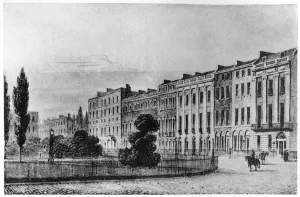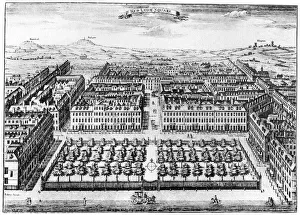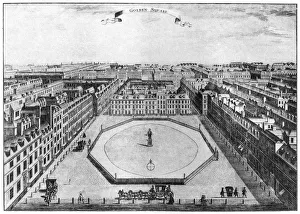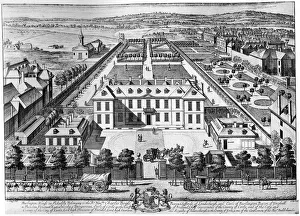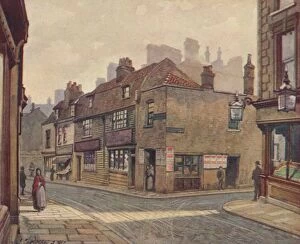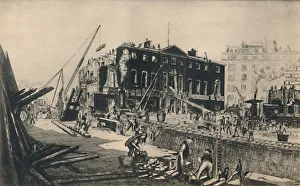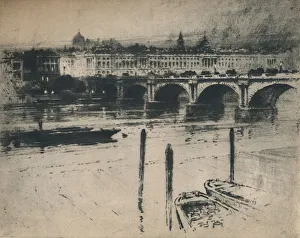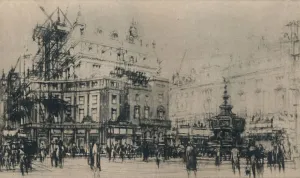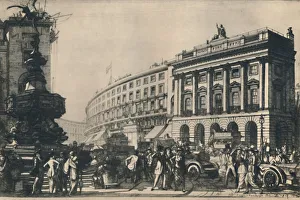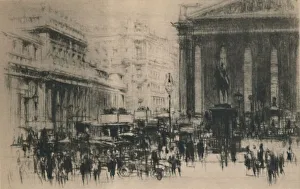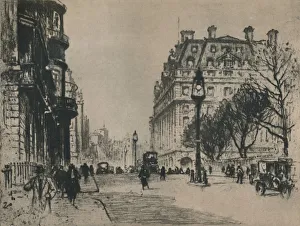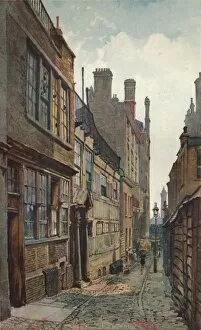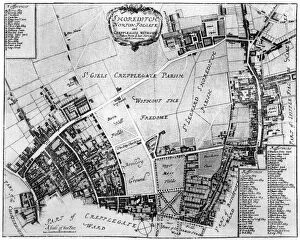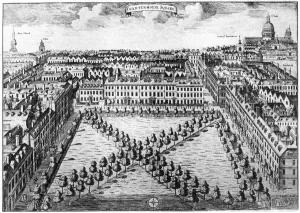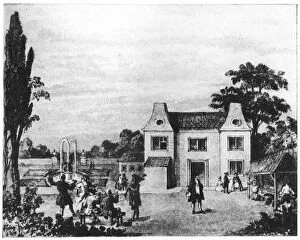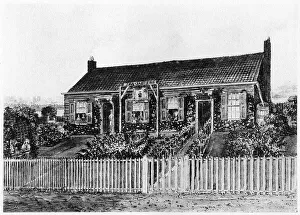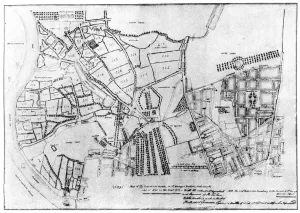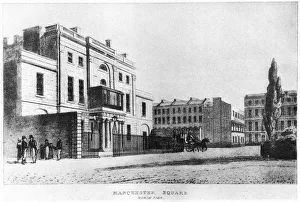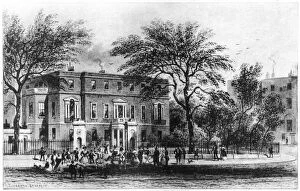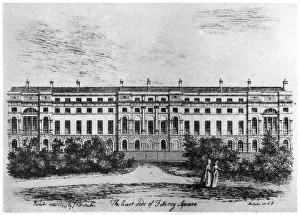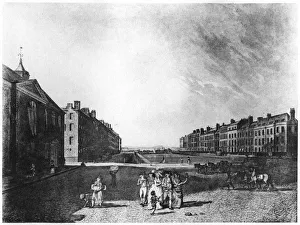Beresford Chancellor Collection
"Beresford Chancellor: A Glimpse into London's Historical Landscapes" Step back in time and explore the enchanting world of Beresford Chancellor
All Professionally Made to Order for Quick Shipping
"Beresford Chancellor: A Glimpse into London's Historical Landscapes" Step back in time and explore the enchanting world of Beresford Chancellor, a renowned artist whose captivating works transport us to the bustling streets of early 18th century London. With his keen eye for detail and masterful brushstrokes, Chancellor brings to life iconic locations such as Burlington House on Piccadilly, where grandeur meets elegance in a harmonious blend. In another masterpiece, we find ourselves strolling through Portman Square during the early 19th century. The scene exudes an air of sophistication as horse-drawn carriages traverse its elegant pathways, showcasing the timeless beauty of this remarkable square. Venturing further into history, Chancellor takes us to Red Lion Square in the heart of 18th-century London. Here we witness a vibrant neighborhood teeming with life; its charming architecture and lively atmosphere captured flawlessly by the artist's skilled hand. Golden Square emerges from Chancellor's canvas like a hidden gem nestled amidst London's bustling streets. Its Georgian townhouses stand tall and proud against an azure sky, evoking a sense of opulence that was characteristic of this affluent district during the 18th century. Chancellor also turns his attention to lesser-known corners of London's past. In "Old Houses in Snowfields, " he transports us to Bermondsey with John Crowther’s artistry complementing his own vision. Together they depict quaint houses blanketed under a serene layer of snow – a nostalgic glimpse into Victorian-era Bermondsey. The allure extends beyond landscapes as Chancellor delves into historical events too. Through his collaboration with Thomas A Woolnoth on "Queen Caroline, " we are transported back to 1820 when political intrigue surrounded Queen Caroline’s trial – her defiant spirit shining through despite adversity. With great precision and artistic flair, William Walcot captures moments that shaped London forever - be it capturing the demolition of Devonshire House or immortalizing the grandeur of Waterloo Bridge.

